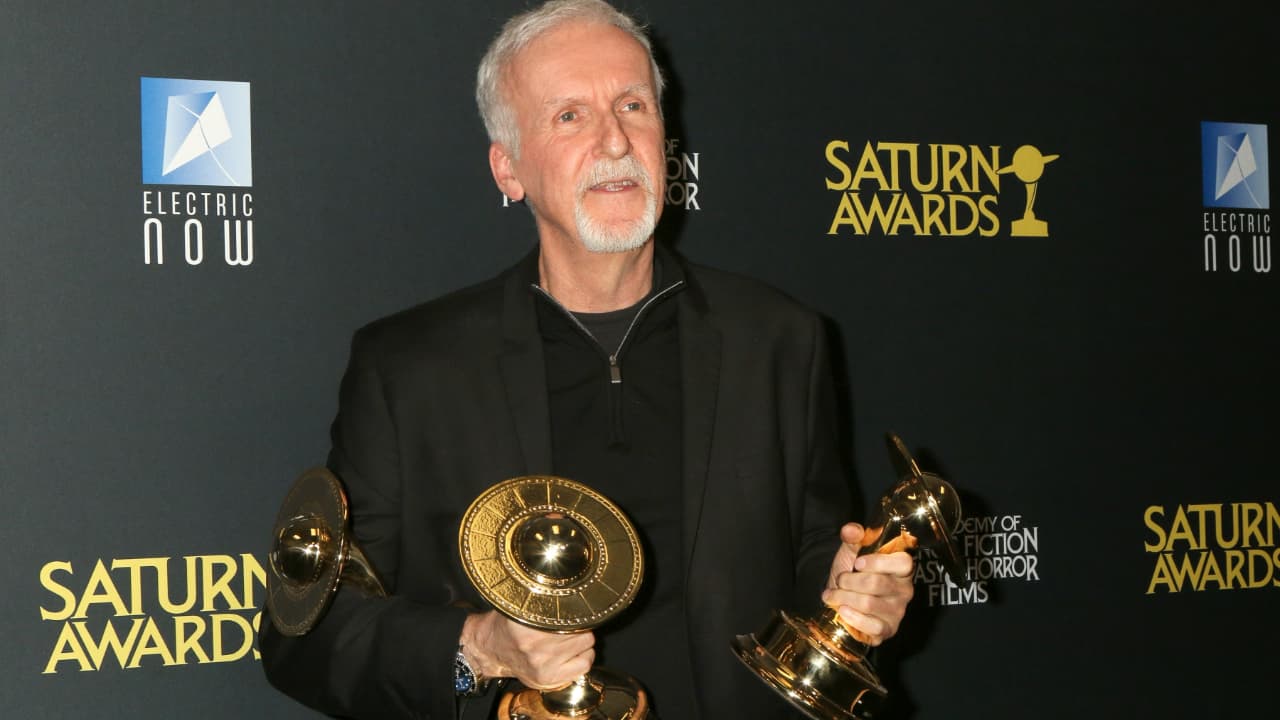
James Cameron's groundbreaking use of technology in cinema from The Terminator to Avatar, and his role in leading the next wave with generative AI.
From the dawn of cinema, technology has driven the art form forward, redefining what stories can be told and how they’re brought to life. Few directors have embraced this spirit of innovation quite like James Cameron. From The Terminator to the Avatar franchise, he has been at the forefront, pioneering new technologies to bring his imagination to life.
With generative AI now rearing its head, the entertainment industry is at the precipice of a new technological revolution. True to form, Cameron is once again leading the charge. He was recently appointed to the board of Stability AI and now stands poised to influence the future of filmmaking.
In this article, we’ll dive into Cameron’s filmography, uncovering the technology that powered each film. From The Terminator’s stop-motion animation to Avatar’s immersive CGI worlds, we’ll explore how his contributions went on to revolutionize the art of filmmaking.
One of the many fan-generated concept trailers for Avatar 3 doing the rounds while we wait for the official one
Early career
The Terminator (1984)
A common thread across Cameron’s early films is his ability to leverage technology to elevate his storytelling while working with a limited budget. The Terminator is a great example of this resourcefulness. Shot long before the rise of digital effects, Cameron employed a combination of foreground miniatures and stop-motion animation to create the dark sci-fi world of the film. His innovative use of practical effects was considered groundbreaking at the time and added a gritty realism to the film. This approach not only pushed the boundaries of special effects but also went on to inspire a generation of filmmakers.
Aliens (1986)
With Aliens, Cameron took practical effects to a new level, raising the bar once again. Teaming up with special effects pioneer Stan Winston, he created a 14-foot, large-scale model of the Queen Alien, the film’s primary antagonist. Controlled by a combination of hydraulics and puppetry, this intricate model required 16 puppeteers to bring it to life. This allowed Cameron to capture realistic-looking movements on camera, which emphasized its menacing presence. The Queen Alien became one of the most memorable antagonists in science fiction history and is a pop culture staple to this day. More importantly, it showcases Cameron’s ability to blend the technical and creative to achieve his vision.
The Abyss (1989)
In The Abyss, Cameron ventured into uncharted territory, using CGI to create the film’s famous water tentacles sequence. Notably, this was done in collaboration with Industrial Light and Magic (ILM), George Lucas’ special effects company. During this film, Cameron and the special effects team pioneered techniques such as scanning for motion capture. They also developed new software tools to execute their vision, including the first-ever version of Photoshop.
The CGI revolution
Terminator 2: Judgement Day (1991)
Terminator 2: Judgement Day ushered in a new era of digital special effects. Cameron, once again collaborating with ILM, brought the liquid-metal T-1000 character to life through groundbreaking CGI effects. The team animated a digital model that could transform its shape and texture on screen while maintaining a sense of realism. ILM once again developed state-of-the-art software to achieve Cameron’s vision, and it marked one of the first times CGI was used extensively for a character in a film. The impact of Terminator 2 is unmatched and cemented CGI as an essential tool for filmmakers for decades to come.
Titanic (1997)
By the late 1990s, Cameron continued to trailblaze through Hollywood, finding new ways to integrate digital effects into his films. With Titanic, Cameron delivered a visually ambitious project that became the highest-grossing film of its time. Cameron used CGI to generate realistic crowd scenes, animating background characters to add depth. Furthermore, the iconic sequence in which the Titanic sinks masterfully blends practical effects with CGI to create a visually immersive experience. The film went on to win numerous awards and further solidified CGI’s role in blockbuster films.
The Avatar leap
In 2009, Cameron released Avatar and took his commitment to technological innovation to unprecedented heights. The film brought viewers into an immersive 3D world and was a massive success at the box office. The film didn’t just use CGI; it completely transformed it. Cameron and his team developed a new generation of motion capture technology to capture even the slightest facial expressions. This allowed him to create the highly realistic-looking Na’Vi alien characters in the film. They also pioneered virtual production techniques, using a system that allowed Cameron to see a digital render of the characters and environments while directing in real-time.
In the 2020s, Cameron continued to pursue innovation with Avatar: The Way of Water. The sequel, primarily set underwater, required groundbreaking advancements in underwater motion capture technology. Cameron’s team developed a unique workflow that implemented numerous cameras and markers in a 900,000-gallon tank. These innovations unlocked a new way to realistically portray movement underwater. It also solidified Cameron’s dedication to pushing cinematic technology with each project.
Entering the AI era
A look through Cameron’s filmography shows a consistent drive to push the boundaries of cinematic technology. Today, with the advancements in generative AI, Cameron is once again at the forefront. In Avatar: The Way of Water his team incorporated machine learning algorithms to assist with special effects and streamline production workflows. He also used AI during the previsualization stage, helping shape scenes before they were filmed. However, Cameron has also advocated the importance of using AI as a tool to assist, not replace, creativity.
His recent appointment to the board of Stability AI marks a significant step in bridging the gap between traditional filmmaking and generative AI. Similar to how his collaboration with ILM in the 1980s transformed CGI, his partnership with Stability AI could spark a new technological revolution. As the release of Avatar: Fie & Ash inches closer (currently slated fort December 19, 2025, with movies 4 and 5 to come in 0209 and 2031) be on the lookout for Cameron’s next innovation that will redefine how we create cinema.
Tags: Post & VFX


Comments